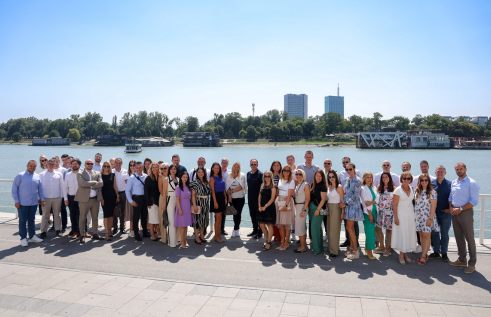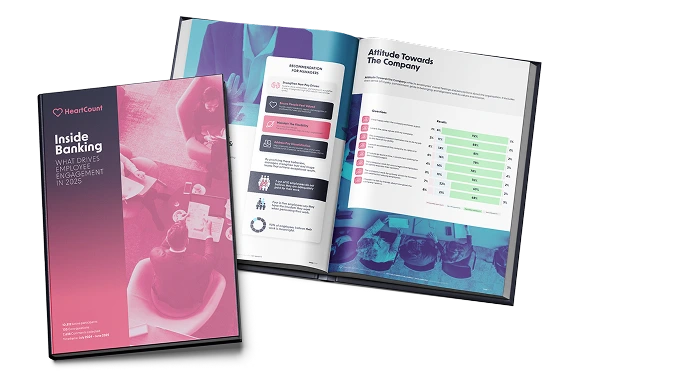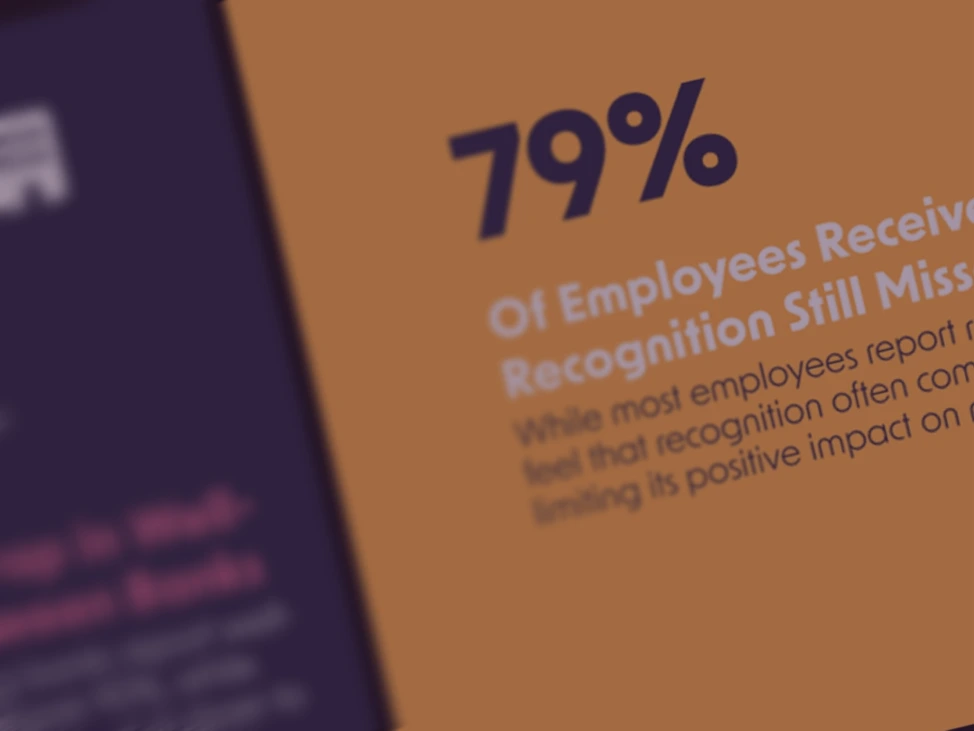Inside Serbia’s Banking Workforce in 2025: Early Signals Leaders Should Not Ignore
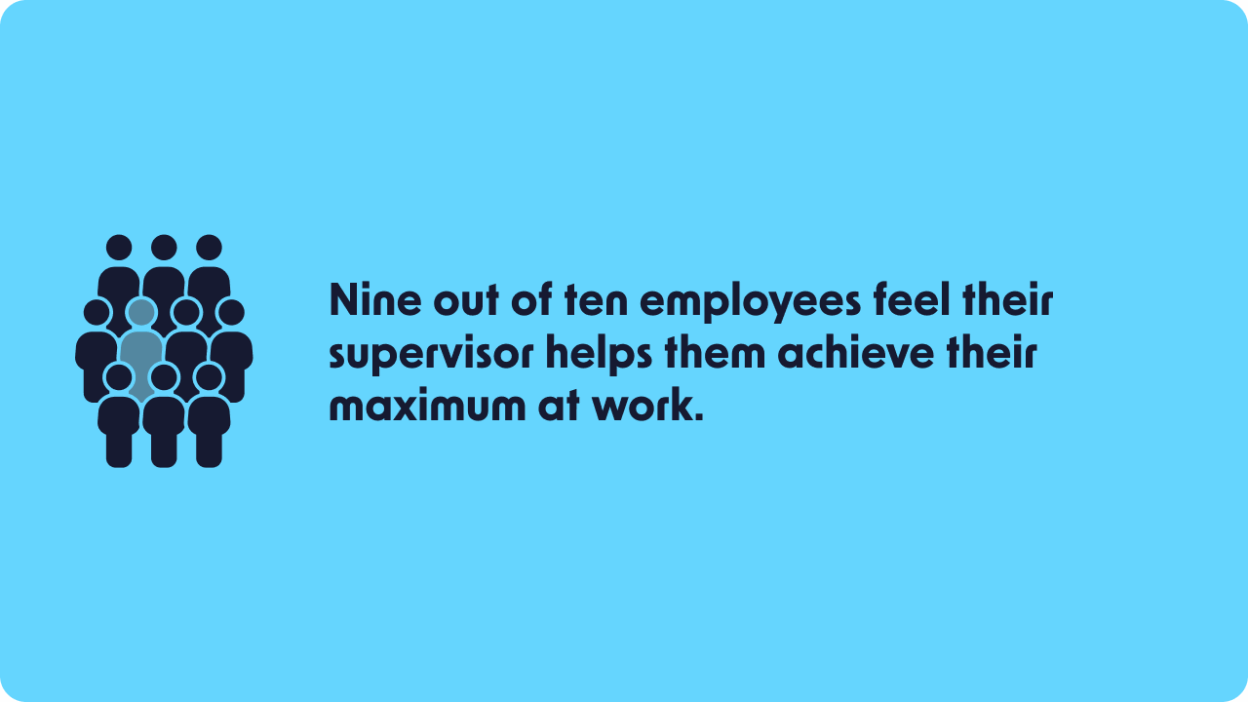
Serbia’s banking sector entered 2025 with one of the largest workforce samples collected so far. Over 7,600 open-ended comments were analysed. Based on 12 months of continuous weekly insight, this dataset offers one of the most complete views of workforce conditions in the sector. More than 10 800 employees across six major banks described how they feel, collaborate and navigate pressure inside a system that depends heavily on human resilience.
Their voices show a sector that is still strong, yet facing important shifts that leaders should acknowledge early.
This article highlights several broad signals visible at first glance. The deeper patterns, comparisons with the previous period and the full interpretation of indicator movements sit inside the new HeartCount Industry Report for Serbia’s banking sector.
Serbia’s banking sector entered 2025 with one of the largest workforce samples collected so far. Over 7,600 open-ended comments were analysed. Based on 12 months of continuous weekly insight, this dataset offers one of the most complete views of workforce conditions in the sector. More than 10 800 employees across six major banks described how they feel, collaborate and navigate pressure inside a system that depends heavily on human resilience.
Their voices show a sector that is still strong, yet facing important shifts that leaders should acknowledge early.
This article highlights several broad signals visible at first glance. The deeper patterns, comparisons with the previous period and the full interpretation of indicator movements sit inside the new HeartCount Industry Report for Serbia’s banking sector.
Why Workforce Insight Matters This Year
Banks have been refining processes, strengthening digital operations and adjusting to tighter regulatory expectations. Those efforts stabilised systems, yet reshaped the daily pulse of work. Engagement remains steady, but the conditions behind it are changing.
Employees are managing heavier demands, leadership expectations are shifting and certain roles carry more emotional strain than before. Understanding where this strain builds is essential for setting priorities. The full dataset shows which work environments held their stability and which ones started to absorb more pressure compared with the previous period.
What the First Signals Suggest
The first wave of insights from the dataset shows a workforce that is still committed and capable, yet pulled in new directions. The numbers behind these trends sit inside the full report, but the broad patterns already paint a clear picture of how employee experience is shifting across Serbia’s banking sector. These signals do not contradict one another. They coexist. Strength and strain are rising simultaneously, which is exactly why a closer look is necessary.
Culture that still supports performance

Even under higher workloads, employees continue to describe a stable, respectful environment. Peer relationships remain one of the strongest drivers of daily resilience. Teams continue to show consistent cooperation, with many employees describing how they rely on each other to maintain pace during demanding cycles. Several employees reference moments where colleagues stepped in quickly to resolve customer issues or redistribute workload during peak periods.
This cultural stability matters because it prevents immediate declines in performance. It also explains why many teams continue to deliver reliably even when the underlying pressure increases. The full dataset shows how this cultural strength held from the previous period to the current one and which bank environments show the most consistent patterns.
Early signs of rising pressure
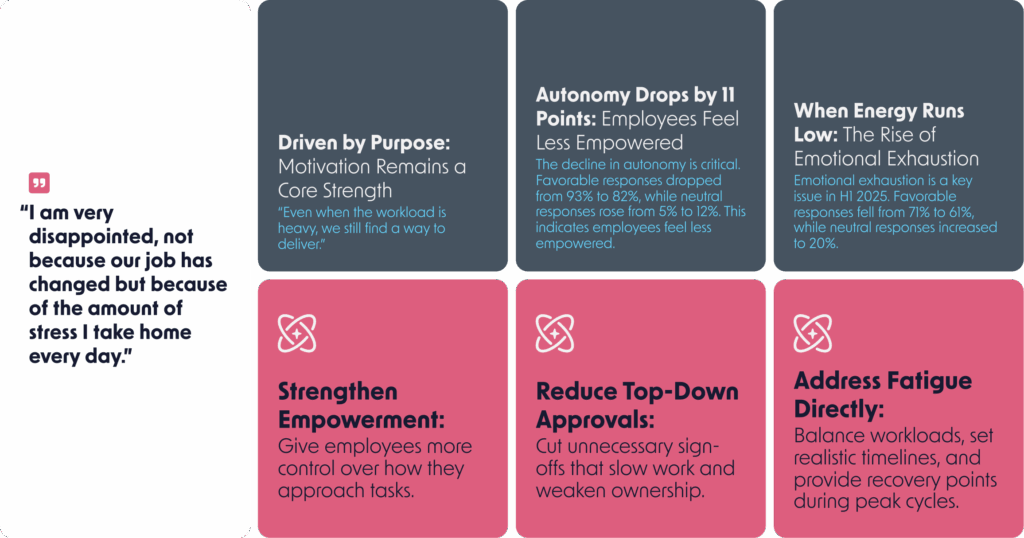
Beneath the surface of strong motivation, emotional strain is becoming more visible. Employees are still giving their best effort, but they describe heavier decision cycles, less space for initiative and steadily rising demands. Several teams mention that routine tasks now require more back-and-forth than before, which contributes to that sense of constant catch-up.
This type of pressure rarely appears in headline metrics. It shows up first in the small, easily overlooked signals inside daily work. It appears in smaller signals such as reduced energy, slower recovery or a growing sense that people are constantly “catching up”.
These changes did not appear suddenly. They evolved between the previous period and the current one. The full report shows which indicators moved the most and where these shifts concentrate, particularly across roles with high operational intensity.
One of the sharpest movements appears in an area that usually stays stable from period to period. It doesn’t resemble a short-term fluctuation, and the full side-by-side comparison makes this shift much more visible.
Wider differences between institutions

Another clear signal is the spreading distance between banks on several workforce dimensions. While some institutions show gains in trust, peer support and pride, others report noticeable declines or stagnation. These gaps grew more compared with the previous half-year, indicating that leadership style, communication quality and organisational clarity are shaping experience more strongly than before.
In the full report, readers can see how these differences developed over time and what they suggest about each institution’s internal dynamics.
COLLECT
Why These Trends Influence HR Priorities

Resilience has always been a defining trait in banking. Teams know how to handle regulatory demands, shifting expectations and operational pace. The challenge is that resilience alone cannot sustain long-term energy. When motivation stays strong but autonomy weakens, or when pride remains high but emotional capacity drops, the workforce enters a slow strain that leadership rarely sees early.
Across the sector’s results, three elements appear consistently.
Purpose keeps people invested.
Trust keeps teams steady.
Autonomy keeps energy alive.
When one of these elements moves downward, teams compensate for a while, then gradually lose momentum. Leaders who recognise these early movements can intervene with more accuracy.
Some of the most surprising movements appear in areas that rarely shift quickly. The full comparison between the previous period and the current one makes these patterns much clearer.
These patterns are only the surface layer. The underlying movements, and where they concentrate, become clear only inside the full dataset.
To see the full comparison between the previous period and the first half of 2025, including which indicators shifted the most and where pressure concentrated, download the HeartCount Industry Report for Serbia’s banking sector.
Who Will Benefit Most From Reading the Full Report
This analysis is relevant for anyone shaping people decisions inside a bank.
HR and People Ops teams can use it to understand where engagement needs stronger support. CHROs gain early warning signs that help prioritise investments. Transformation teams see where operational change affects well-being. Managers gain a clearer sense of where pressure builds inside day-to-day work.
Inside the full report, readers will find:
- shifts in key engagement and well-being indicators compared with the previous period
- sector-wide patterns that reveal where stability held and where strain increased
- insights into how trust, autonomy and emotional energy evolved
- clear implications for leadership and workforce planning in 2025
How HeartCount Helps Banks Respond to These Signals
The industry report is built on the same continuous-measurement model that HeartCount deploys inside client banks. The patterns visible at sector level come from the same weekly signals, sentiment trends and early-risk indicators leaders use to understand what is happening inside their own teams.
Weekly pulse checks give banks the same type of continuous insight highlighted throughout the industry findings. Leaders can spot rising pressure inside specific teams, track how autonomy moves over time and identify when support habits weaken.
AI-driven signals help surface early markers of burnout or disengagement.
Anonymous feedback tools capture issues employees hesitate to raise directly.
Recognition features and manager nudges reinforce the habits that strengthen trust and teamwork.
These tools give banks a practical way to respond to workforce trends before they become deeper challenges.
UNDERSTAND
Download the Banking Workforce Report for 2025
The complete HeartCount Industry Report contains all data, comparisons and interpretations referenced in this preview. It offers a structured look at where the sector stands today and where leaders should focus their attention in the months ahead.
For detailed comparisons, movement patterns and leadership implications across Serbia’s banking sector, download the full HeartCount Industry Report.




